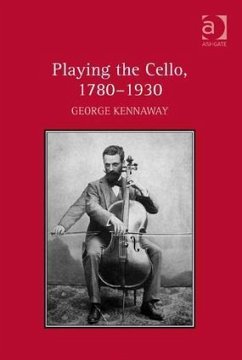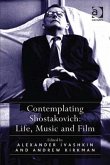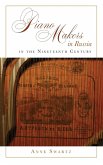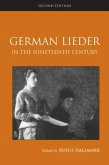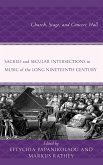This innovative study of nineteenth-century cellists and cello playing shows how simple concepts of posture, technique and expression changed over time, while acknowledging that many different practices co-existed. By placing an awareness of this diversity at the centre of an historical narrative, George Kennaway has produced a unique cultural history of performance practices. In addition to drawing upon an unusually wide range of source materials - from instructional methods to poetry, novels and film - Kennaway acknowledges the instability and ambiguity of the data that supports historically informed performance. By examining nineteenth-century assumptions about the very nature of the cello itself, he demonstrates new ways of thinking about historical performance today. Kennaway's treatment of tone quality and projection, and of posture, bow-strokes and fingering, is informed by his practical insights as a professional cellist and teacher. Vibrato and portamento are examined in the context of an increasing divergence between theory and practice, as seen in printed sources and heard in early cello recordings. Kennaway also explores differing nineteenth-century views of the cello's gendered identity and the relevance of these cultural tropes to contemporary performance. By accepting the diversity and ambiguity of nineteenth-century sources, and by resisting oversimplified solutions, Kennaway has produced a nuanced performing history that will challenge and engage musicologists and performers alike.
Hinweis: Dieser Artikel kann nur an eine deutsche Lieferadresse ausgeliefert werden.
Hinweis: Dieser Artikel kann nur an eine deutsche Lieferadresse ausgeliefert werden.
'In sum, the book is an excellent resource for any cellist interested in exploring the changes and the variety in performance practices of the long nineteenth century through a wealth of materials taken from treatises and method books, comments of listeners (informed or not) of the period, iconography, and early twentieth-century recordings ... Kennaway's volume should definitely be on every cellist's bookshelf, whether or not he or she is interested in HIP'. Music and Letters
'For the first time, a cellist has sat down and compiled, into one place, the many nuggets of value from a variety of nineteenth-century cello tutors, etude books, concert reviews and the like. It is a much-needed step toward a more active nineteenth-century historical performing practice.' Alexandra Roedder, Brio
'For the first time, a cellist has sat down and compiled, into one place, the many nuggets of value from a variety of nineteenth-century cello tutors, etude books, concert reviews and the like. It is a much-needed step toward a more active nineteenth-century historical performing practice.' Alexandra Roedder, Brio

